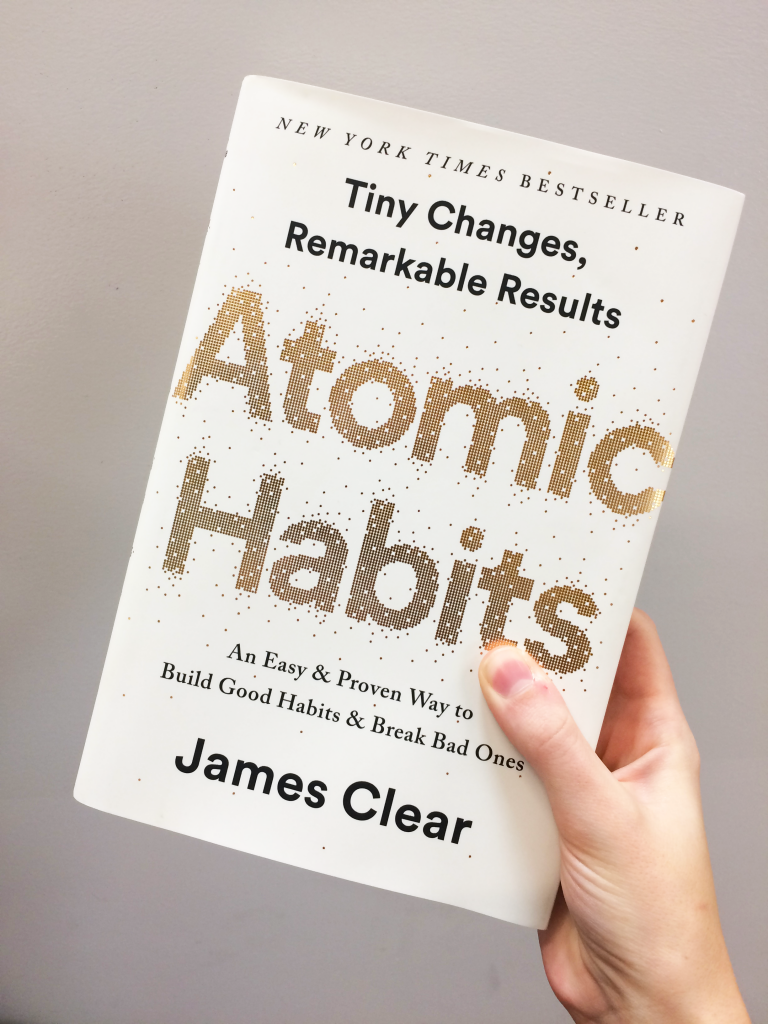

Once automatic, this means we pay less attention to what we are doing. With enough practice, cues become automatic and subconscious. make it invisible, unattractive, difficult and unsatisfying. The four laws can be inverted to break bad habits, i.e. Response: the actual habit you perform.Īt each stage of the habit loop, there are four important laws that can be applied to optimise our habits:.Craving: The motivational force behind each habit.

Cue: Information that predicts a reward.Our habits follow a four-stage habit loop: Our habits, little by little, are also the force that forms our identity. Good habits can make rational sense, but if they conflict with our identity, they are unlikely to stick. ‘Identity-based habits’ are far stickier than ‘outcome-based habits’. There are three layers of behaviour change: (1) Outcomes, (2) Process and (3) Identity. “Every action you take is a vote for the type of person you wish to become.” One-off achievements of goals cannot have the same compounding effect on our behaviour. Instead, commitment to processes brings long-term progress. Goals have winners and losers and their achievement only brings momentary change. To maximise the compounding effect of habits, we must focus on our systems, and not our goals. Results eventually follow but are not immediate. The early stages of a quest are often characterised by a valley of disappointment. Time and results are seldom linear, and habits typically follow what Clear calls a Plateau of Latent Potential. To sustain these small improvements, we must recognise that success isn’t immediate. For example, knowledge and productivity compound, but so do stress and outrage. A 1% improvement every day for a year leaves you 37 times better than when you started.Īs James Clear puts it, “Habits are the compound interest of self-improvement.”īut habits can compound for or against you. Instead of looking for transformational leaps forward, we should focus our energies on the compounding power of small changes. #1: Focus on Your Systems, Not Your Goals James Clear sets out a wide range of principles for creating habits that drive these marginal gains – and eliminating habits that undermine them.Ī central theme of the book is the idea that we must focus on our systems rather than our goals, recognising how our environment and processes can act as levers for positive change.

The book is based on a simple idea: small changes can compound into remarkable results. Book Notes: The Key Ideas in Detail Premise of the Book Techniques like habit tracking can help foster this feeling, while accountability partners and habit contracts can create a force to keep at a habit. We are more likely to repeat a behaviour when it’s immediately satisfying. But we can make them even easier by using techniques like the Two-Minute Rule and commitment devices. Our brains are evolved to help us automate our habits and make them easier. Through techniques such as temptation bundling and using the psychology of social norms, we can help stimulate a greater sense of anticipation for a habit. Simple re-designs of the framing of our habits, through techniques like habit stacking, can have profound effects on our behaviour. To change, break or create new habits, we must become aware of our environmental cues using appropriate techniques. The laws can be inverted to help break bad habits. For each step of the habit loop, four laws can help us form good habits: make it obvious, make it attractive, make it easy, and make it satisfying. A focus on our processes and identity, rather than one-off achievements of goals, is what brings long-term improvement. Habits are the compound interest of continuous improvement. #1: Focus on your systems, not your goals. Paper | Kindle Book Summary: The Key Ideas


 0 kommentar(er)
0 kommentar(er)
